Contrary to what textbooks have claimed for over a century, cell division does not always follow the same pattern. Researchers have just demonstrated that cells can divide asymmetrically, overturning the foundations of taught biology.
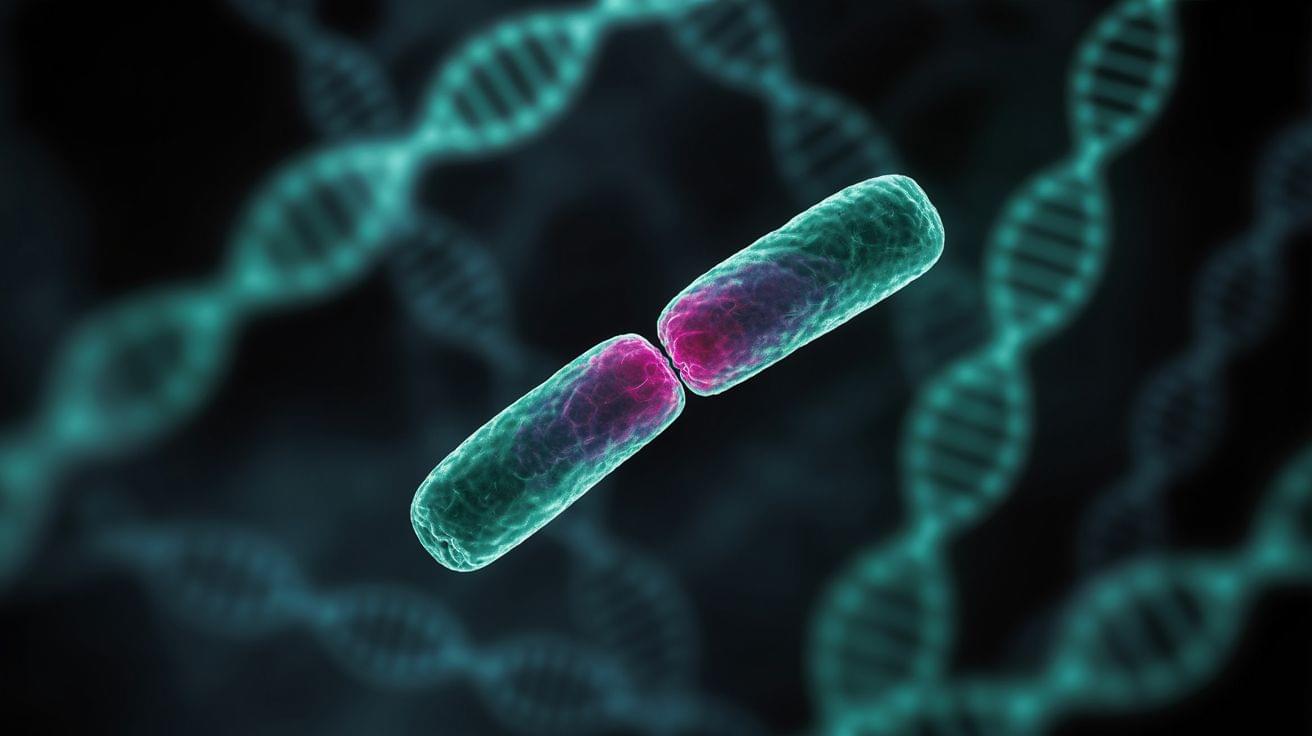

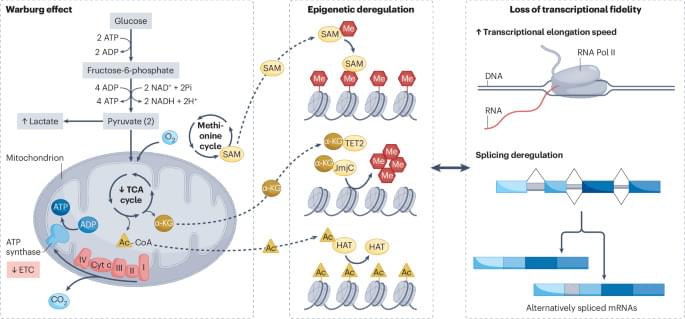
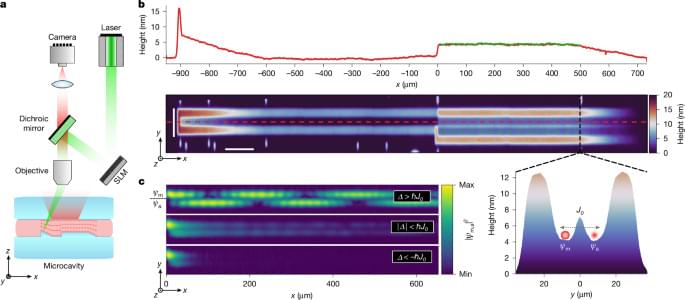
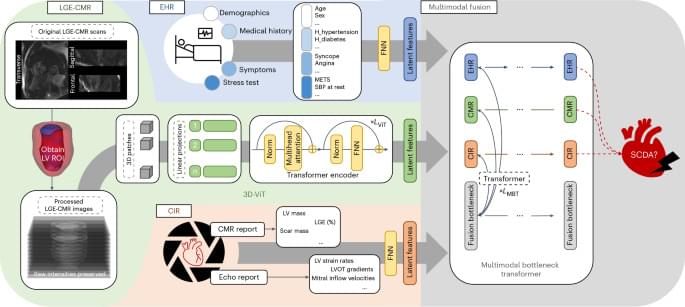
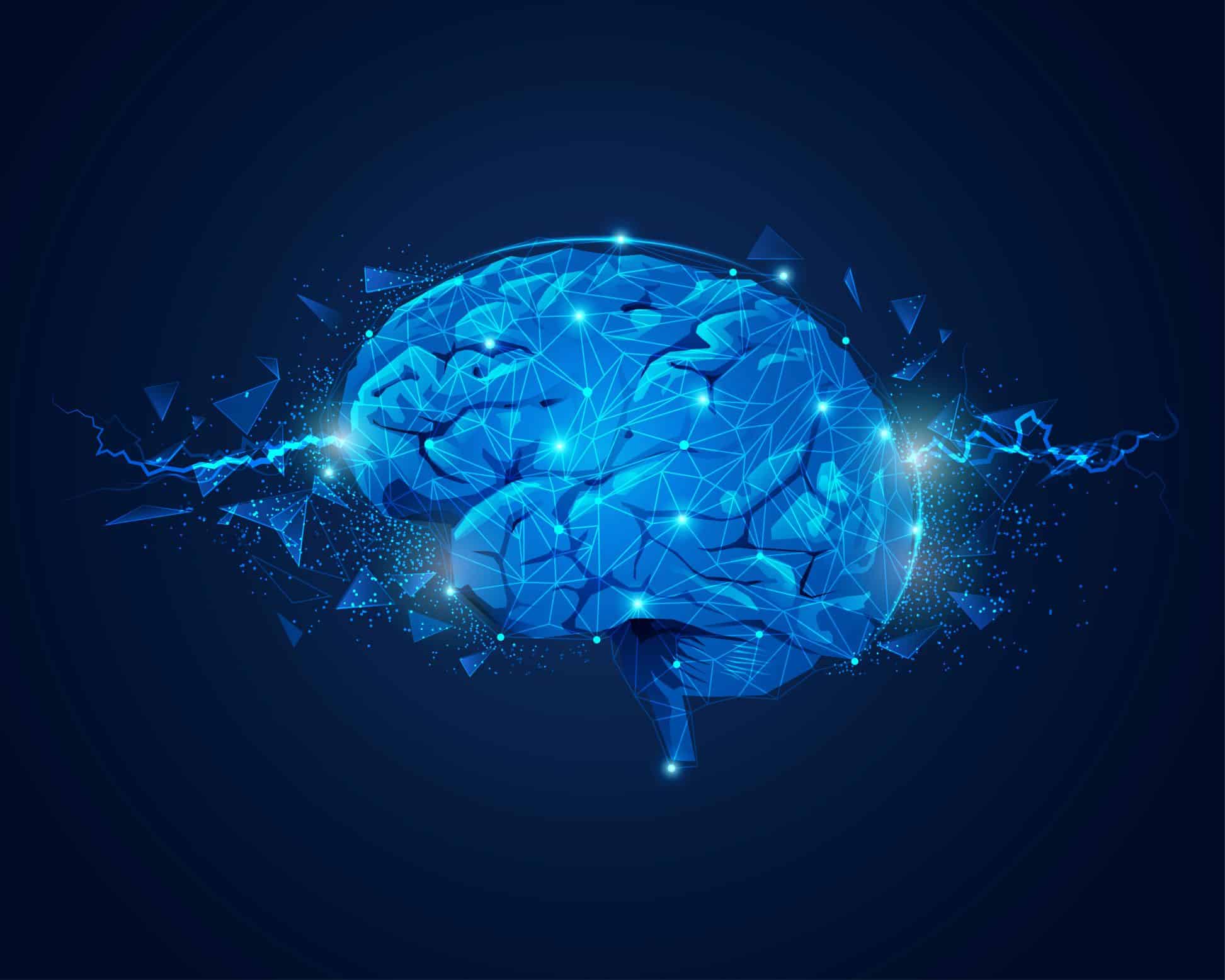

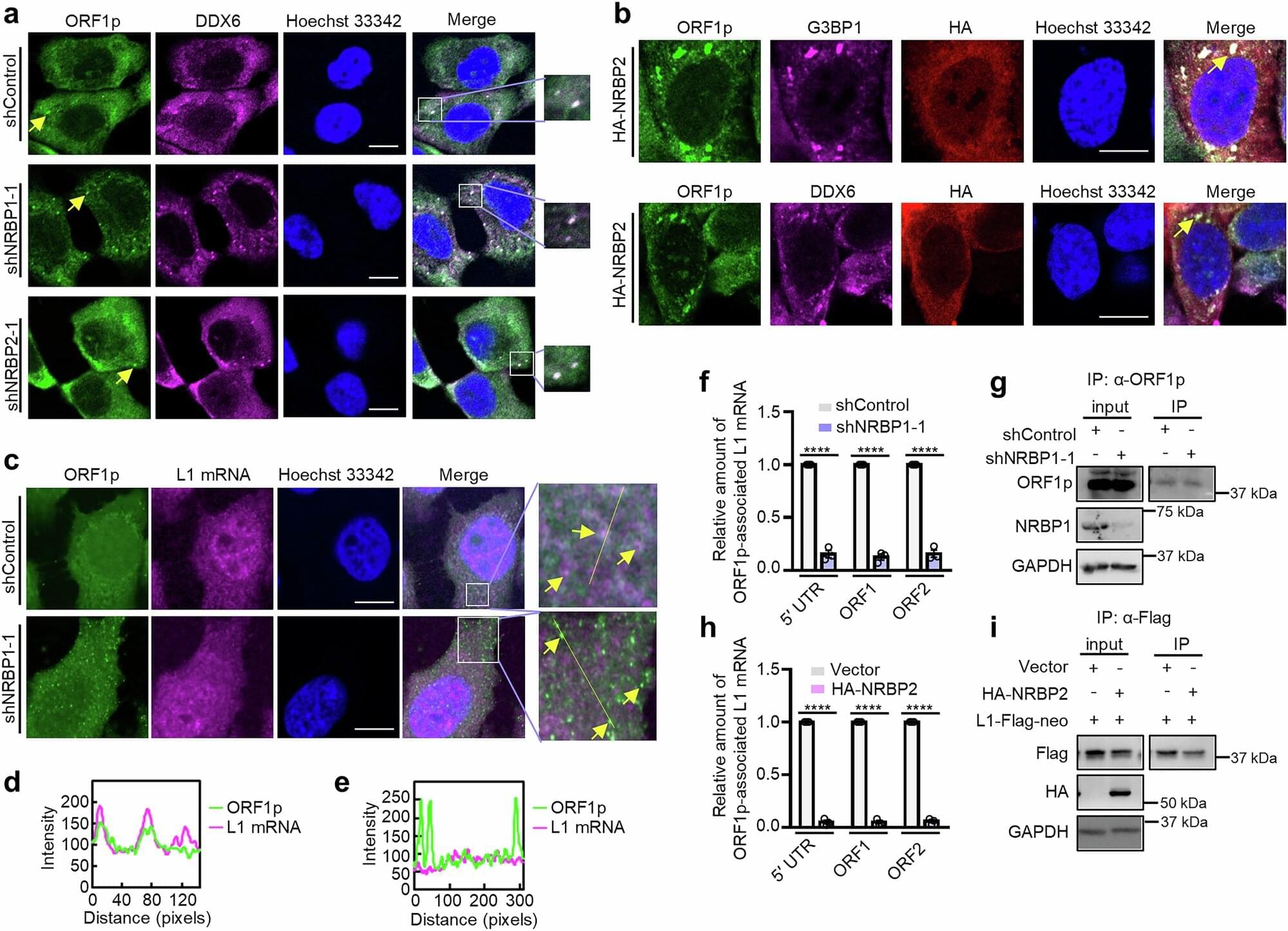
An international research team has deciphered a mechanism of the evolutionary arms race in human cells. The findings provide insights into how mobile elements in DNA hijack cellular functions—and how cells can defend themselves against this in order to prevent conditions such as tumor formation or chronic inflammation.
An international research team led by Freiburg biologists Dr. Wenjing Qi and Prof. Ralf Baumeister has discovered how the LINE1 retrotransposon exploits a cell protein to become active itself, as occurs in tumors. At the same time, the researchers have also deciphered the cell’s appropriate countermeasures to prevent conditions such as tumor formation or chronic inflammation. The results have been published in the journal Nature Communications.

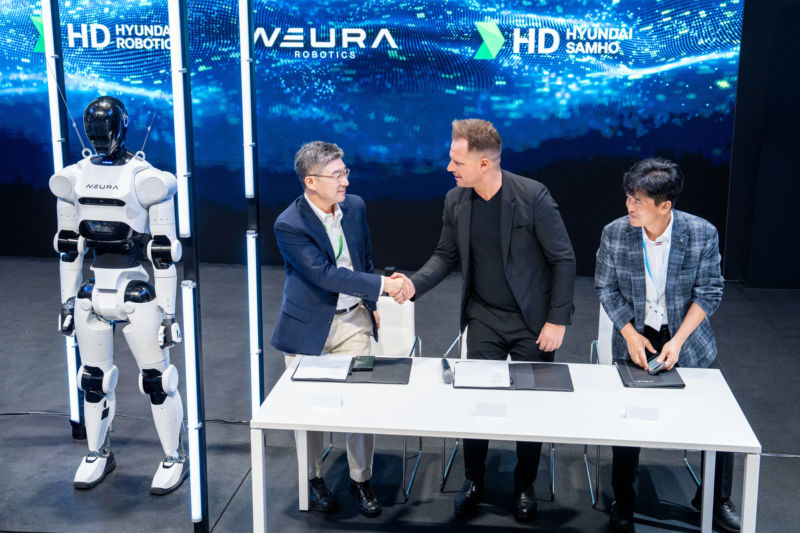
Two units of South Korean shipbuilding conglomerate HD Hyundai have signed a strategic partnership agreement with Germany’s NEURA Robotics to develop specialized humane-like welding robots for the shipbuilding industry.
The agreement, signed in Munich at the end of June, focuses on developing robots capable of navigating the complex environment of shipyards while performing precision welding tasks, aiming to address growing labor shortages while boosting safety and productivity.
Under the terms of the agreement, HD Hyundai Samho will provide testing environments and validate the robots’ practical applicability based on their experience with collaborative robots and automation equipment. HD Hyundai Robotics will contribute technical expertise, including path learning data from years of welding automation experience. NEURA Robotics will leverage its cognitive robotics technology, including its humanoid platform 4NE-1, to develop solutions specifically for shipbuilding applications.
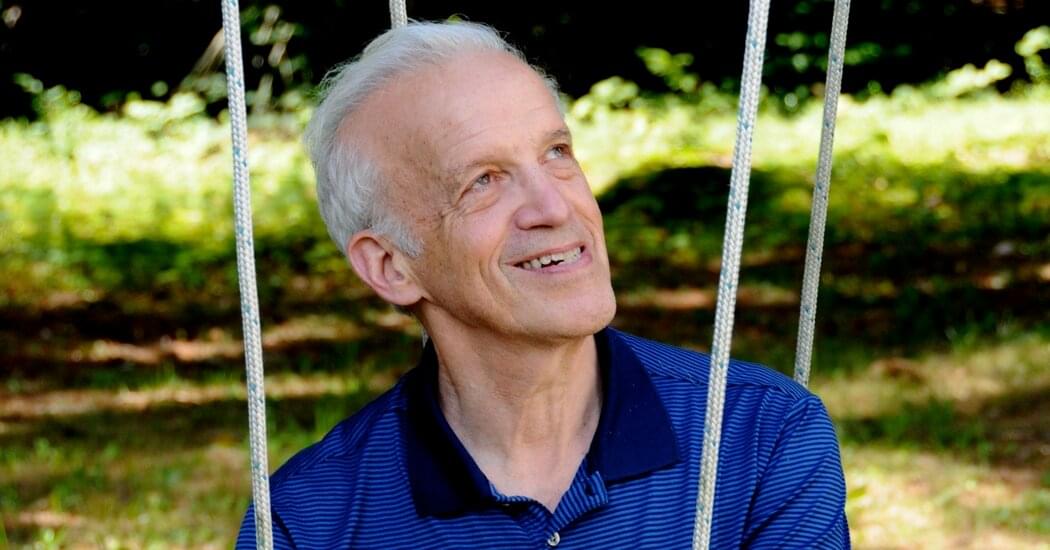
Daniel Kleppner, an experimental physicist who helped to develop an atomic clock that became an essential part of global positioning systems, or GPS, and who also helped to discover a rare fundamental state of matter predicted by Albert Einstein and his fellow theoretical physicist Satyendra Nath Bose, died on June 16 in Palo Alto, Calif. He was 92.
His wife, Beatrice, confirmed the death. She said he collapsed while visiting their daughter, Sofie Kleppner, and her son, Darwin, who was graduating from high school.
It was in the mid-1950s, while he was doing a fellowship at the University of Cambridge in England, that Dr. Kleppner learned something surprising: It was possible, a tutor told him, to build a clock precise enough to detect the effects of gravity on time. Curious, he went in search of more information and read Norman Ramsey’s 1953 book “Nuclear Moments.”